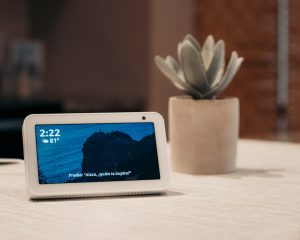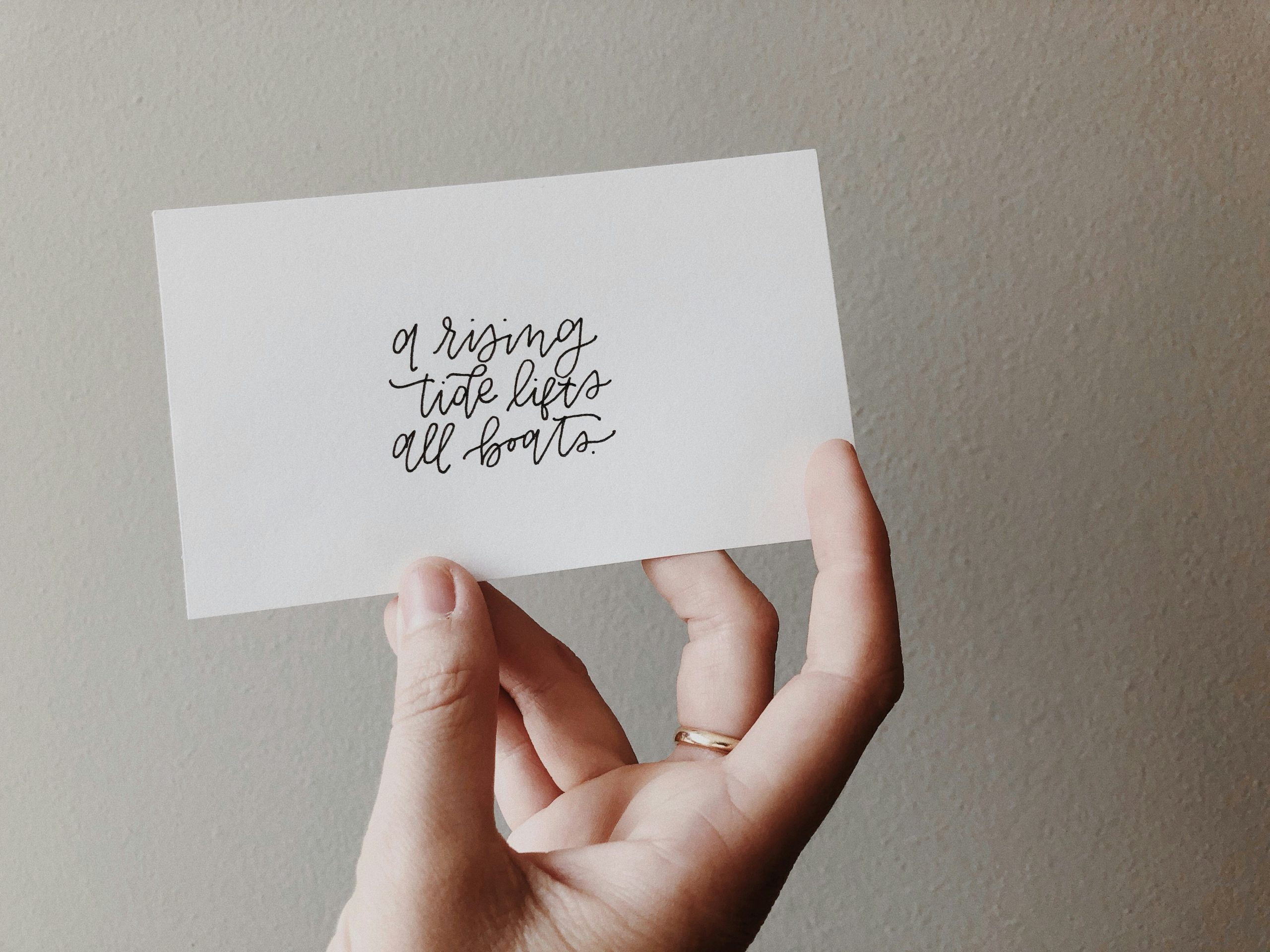
In a world where digital communication reigns supreme, there’s something undeniably special about a handwritten card. The act of creating and sending a personalized card is like sending a warm hug through the mail, making it a cherished tradition that stands the test of time. But have you ever wondered how to create your own cards, infused with your creativity and personal touch? Whether you’re looking to craft heartfelt birthday wishes or express gratitude in a unique way, the process of designing and making your own cards opens up a world of possibilities for self-expression and connection. So grab your pens, paper, and imagination as we explore the art of creating your own cards that will leave recipients feeling truly special and appreciated.
Introduction: Exploring the art of card making
Card making is a versatile art form that allows individuals to express their creativity in unique ways. From birthdays to anniversaries, holidays to special occasions, handmade cards offer a personal touch that can’t be replicated by store-bought alternatives. The process of creating these intricate pieces involves a blend of imagination, technical skill, and attention to detail.
Each card is a canvas waiting to be transformed into a meaningful work of art. By choosing the right color schemes, textures, and embellishments, crafters can tailor each design to suit the recipient’s tastes and preferences. Whether it’s adding glitter for a touch of glamour or using embossing techniques for an elegant finish, the possibilities are endless in the world of card making. This hands-on approach not only enhances one’s artistic abilities but also fosters a deeper connection with the person receiving the card.
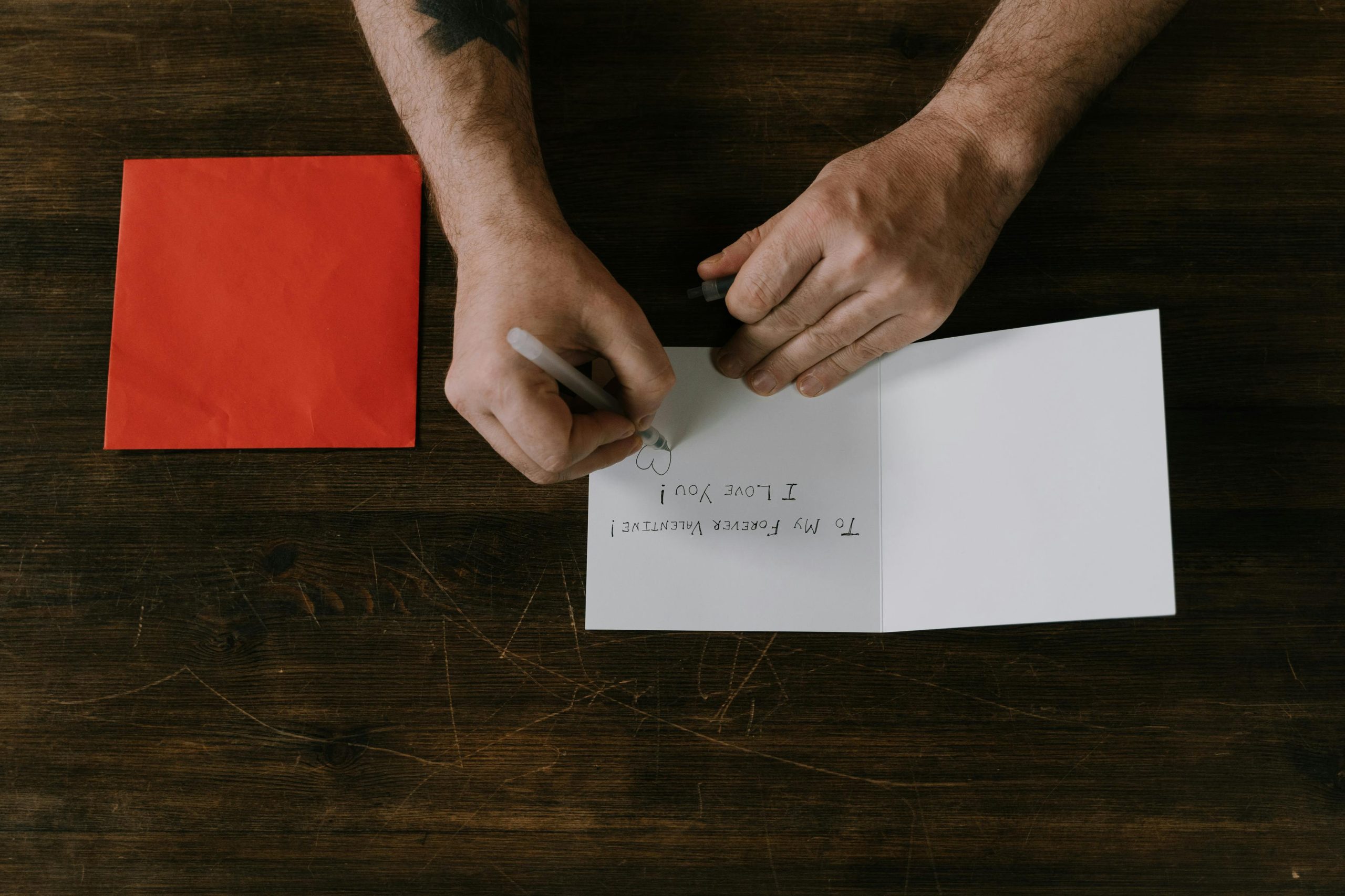
Supplies needed: Paper, scissors, glue, embellishments
When it comes to creating your own cards, having the right supplies is essential. Paper, scissors, glue, and embellishments form the foundation for endless creative possibilities. The type of paper you choose can set the tone for your card – from elegant to playful, textured to smooth. Scissors are not just a tool for cutting but also for adding decorative edges or shapes to your design.
Glue plays a crucial role in securing all elements together and ensuring your card stays intact through its journey from creator to recipient. Embellishments such as stickers, ribbons, sequins, or even dried flowers can elevate your card design and add that extra touch of personality. Remember that these supplies are not just tools; they are instruments of creativity that help turn your ideas into tangible expressions of love and thoughtfulness in the form of a handmade card.
Design ideas: Themes, colors, styles
When it comes to designing your own cards, the themes, colors, and styles you choose can set the tone for the entire project. Choose a theme that reflects your personality or the occasion you’re celebrating – whether it’s sleek and modern, whimsical and fun, or elegant and timeless. Experiment with color palettes to evoke different emotions – bold and vibrant colors for a cheerful vibe, pastel hues for a soft touch, or monochromatic schemes for a minimalist look.
Consider incorporating different design styles into your cards to add visual interest and depth. Mix vintage elements with contemporary designs for a unique blend of old-meets-new or opt for clean lines and geometric shapes for a modern aesthetic. Don’t be afraid to step out of your comfort zone and try new combinations – you might discover unexpected design possibilities that truly make your cards stand out. Remember, designing cards is all about creativity and self-expression, so let your imagination run wild!
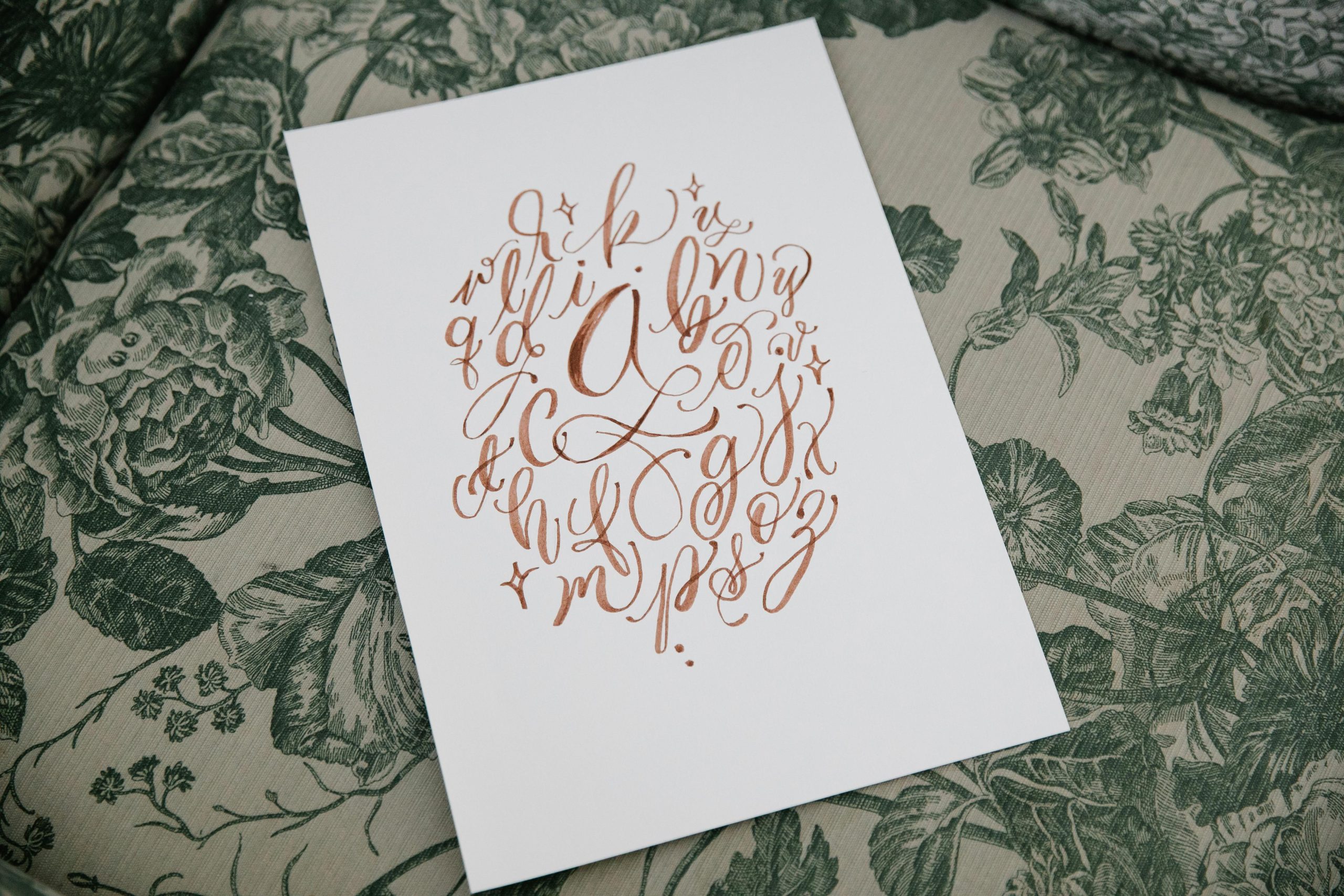
Techniques: Stamping, embossing, layering
Stamping, embossing, and layering are three key techniques that can elevate the design of your handmade cards to a whole new level. Stamping involves applying ink to a rubber or clear stamp and impressing the image onto paper, allowing for endless customization possibilities. By experimenting with different colors and designs, you can create unique and personalized cards that truly stand out.
Embossing adds texture and dimension to your cards by using heat to melt embossing powder onto stamped images or sentiments. This technique not only adds a tactile element but also gives a professional finish to your creations. Layering involves combining various papers, embellishments, and elements to add depth and interest to your card designs. It allows you to play with different textures, patterns, and shapes to create visually appealing compositions that draw in the recipient’s eye.
By mastering these techniques and experimenting with different combinations, you can unleash your creativity and craft one-of-a-kind cards that will make a lasting impression on those who receive them. So next time you sit down at your crafting table, don’t be afraid to mix things up by incorporating stamping, embossing, and layering into your card-making process – the results may just surprise you!
Personalization: Adding messages, photos, decorations
When it comes to creating your own cards, personalization is key. Adding messages, photos, and decorations elevates the sentiment and makes the card truly unique. Messages provide a way to express your emotions in a heartfelt manner, while photos add a personal touch by capturing special moments. Decorations such as stickers, ribbons, or even hand-drawn designs can enhance the visual appeal of the card and make it stand out.
Personalization allows you to tailor each card to the recipient’s preferences and personality. By incorporating elements that resonate with them, you show that you have put thought and effort into creating something special. Whether it’s a birthday card filled with inside jokes or a thank you note adorned with their favorite colors, personalized cards have an undeniable charm. So don’t be afraid to get creative and experiment with different combinations of messages, photos, and decorations to make your cards truly one-of-a-kind.
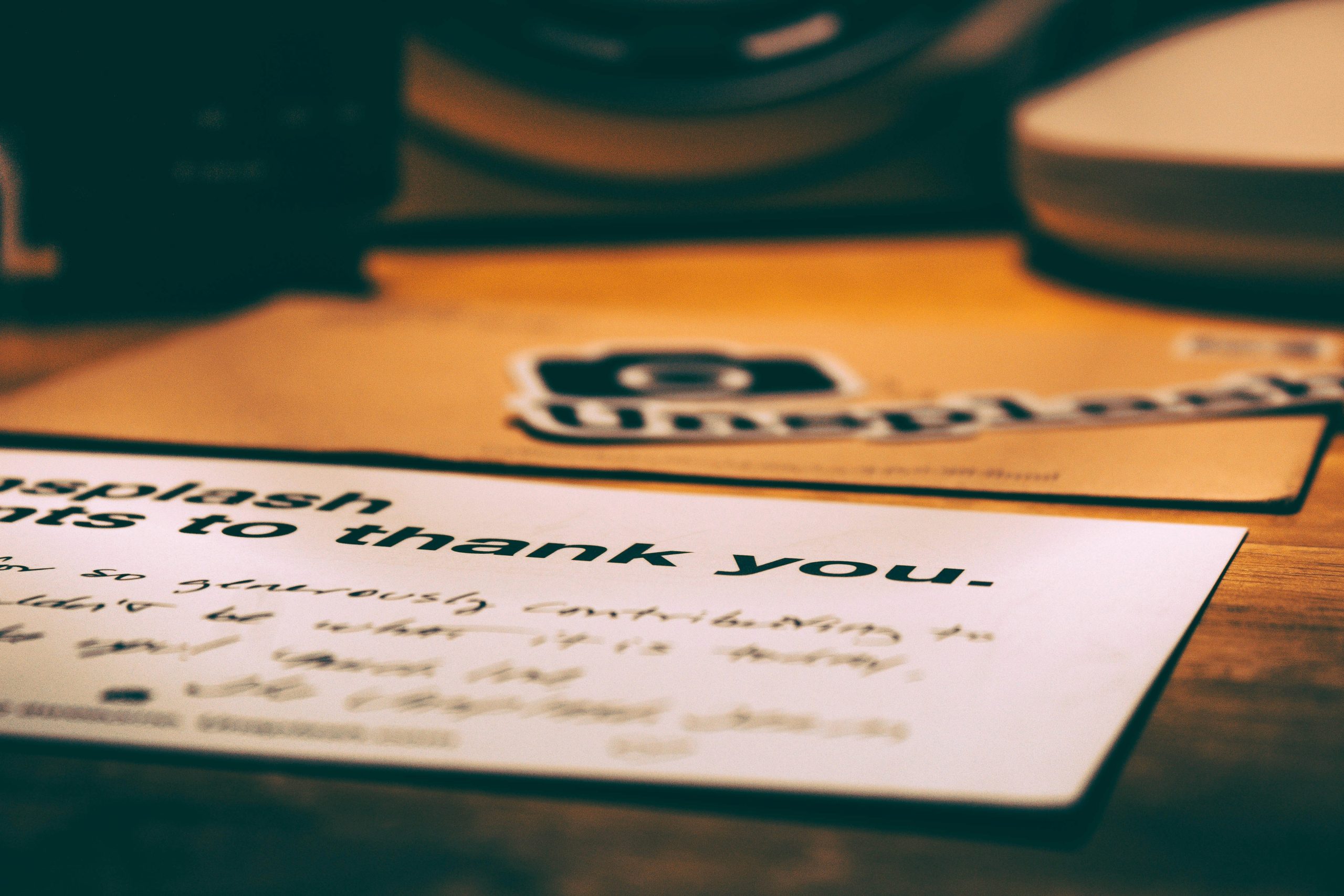
Tips and tricks: Avoiding mistakes, achieving professional results
When creating your own cards, attention to detail is key. Avoid common mistakes like using low-quality materials or rushing through the design process. Invest in quality paper and tools to achieve a professional finish that will impress your recipients.
Consider the color scheme and layout carefully before finalizing your card design. Utilize white space effectively to make your text and images stand out. Remember, simplicity can often have a stronger impact than overcrowded designs.
To achieve professional results, don’t underestimate the power of personalization. Tailor each card to suit its recipient, whether through custom messages or unique design elements. Taking the time to add those personal touches can elevate your creations to a whole new level of professionalism.
Conclusion: Enjoy the creative process of card making
As you put the finishing touches on your handcrafted card, remember to savor the joy of the creative process. The act of choosing colors, arranging embellishments, and writing a heartfelt message is a form of self-expression that can bring immense satisfaction. Embrace the imperfections and unique quirks of your creation; they are what make it truly one-of-a-kind.
Every card you make tells a story, not just through words but through the care and attention you put into its design. It’s about capturing a moment, an emotion, or a sentiment in a tangible form that can be cherished by both sender and recipient. So take pride in each step of the process – from selecting materials to personalizing your message – for these are the small details that make your handmade cards stand out in a world of mass-produced greetings.
In this digital age where everything seems instant and disposable, taking the time to create something with your hands is a precious gift – both to yourself and others. So relish in the therapeutic nature of crafting cards; let it be a mindful practice that allows you to slow down, connect with your creativity, and share love in its most tangible form. Ultimately, remember that it’s not just about making cards; it’s about enjoying every moment spent immersed in the art of creating something beautiful from scratch.






